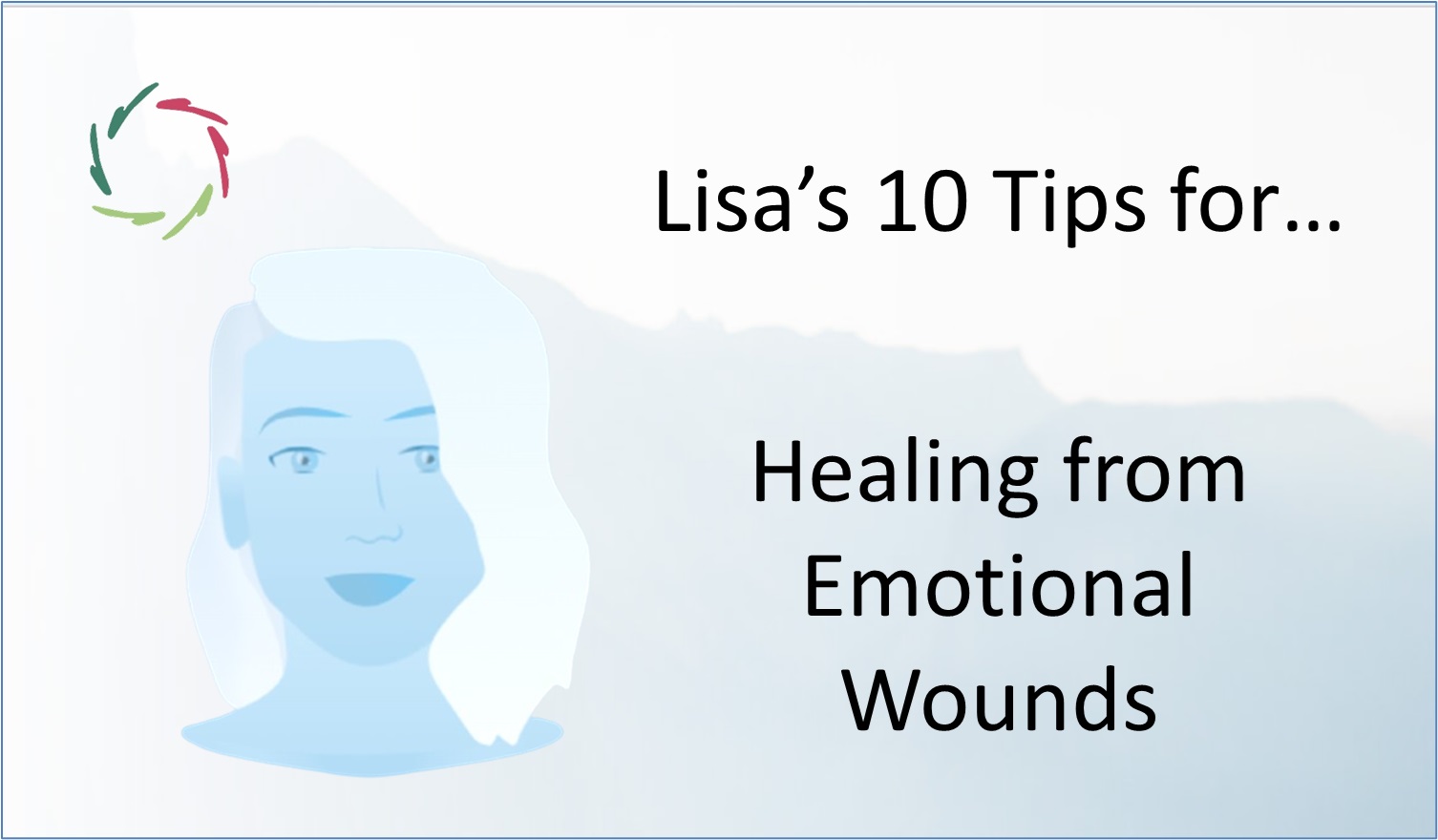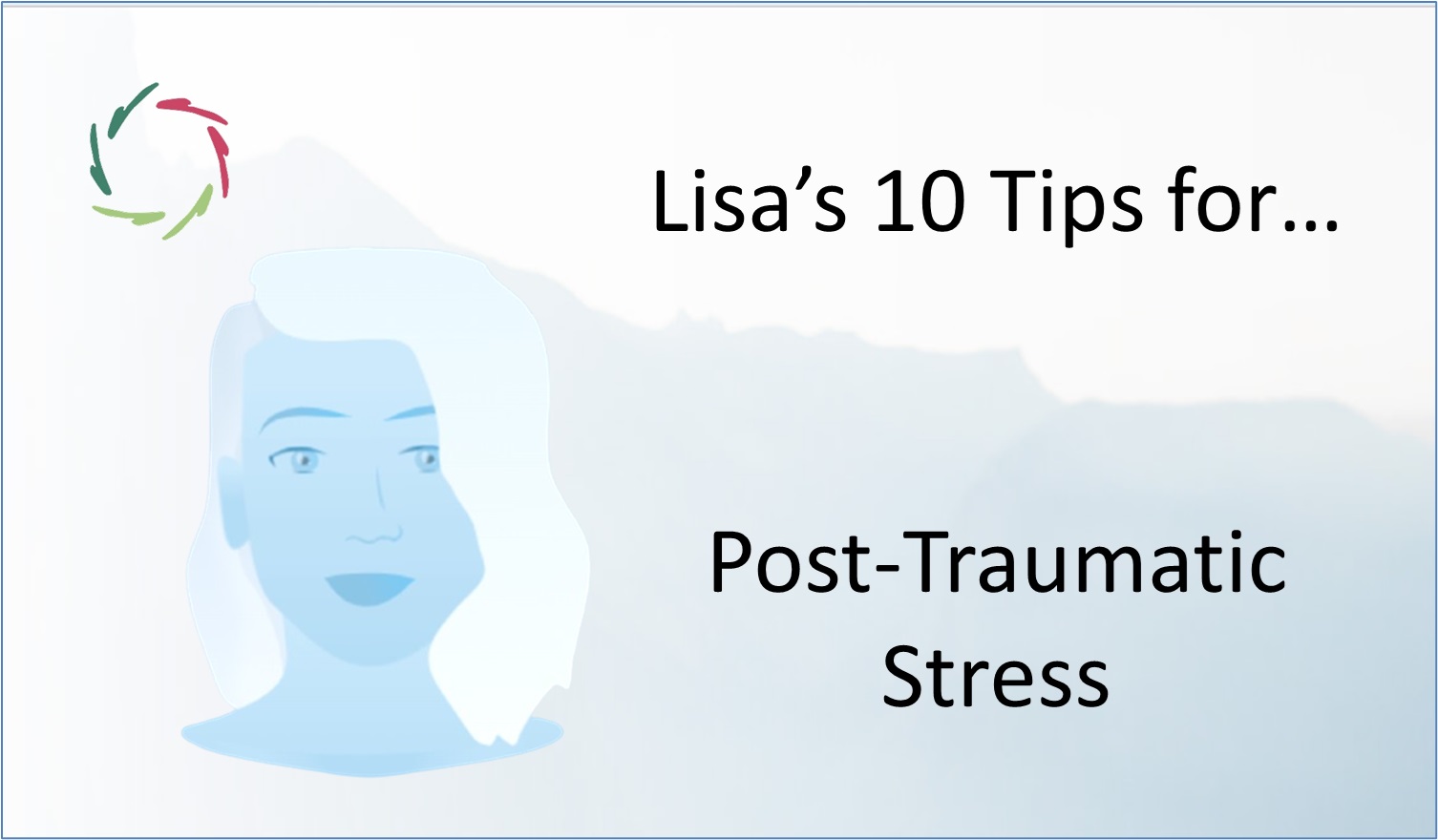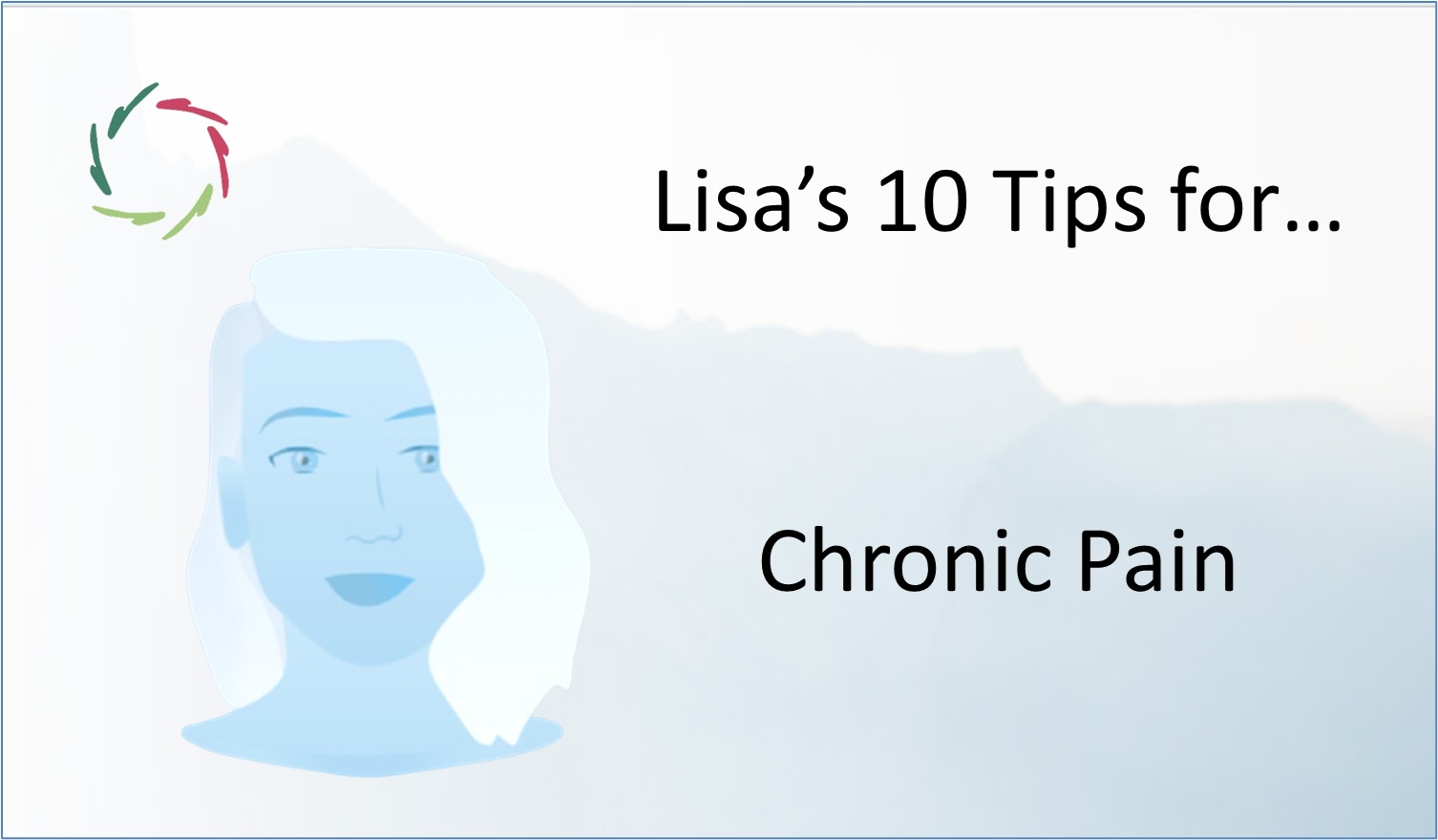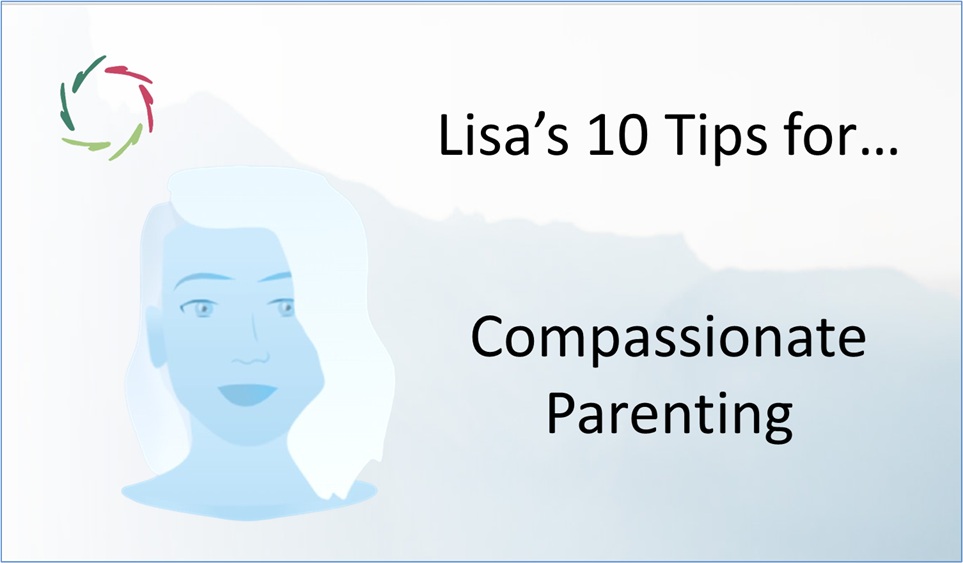Lisa’s 10 Tips for… Healing from Emotional Wounds

Here are ten original tips for healing from emotional wounds that are specifically based on Lisa’s knowledge and deeper insights ― avoiding the common tips that are frequently offered.
These tips, provided by A.I. coach-bot Lisa (human ratified, hardly or unedited), Compassionately align with both rationality and depth as well as with a synthesis of fostering growth and relief of suffering ― forming a deep approach that aims for fundamental transformation rather than superficial fixes. For more about their use, see Lisa’s 10 Tips for… An Introduction. Note that this is support, not therapy. If needed, please seek out proper human therapy.
Allow yourself to feel the pain
Emotional wounds often stem from the tendency to suppress or avoid painful feelings. The first step in healing is allowing yourself to fully experience those emotions. Whether it’s sadness, anger, or grief, give yourself permission to feel without judgment. By facing the pain, you’re honoring your emotional truth and creating space for release. Emotions are like waves—they rise, peak, and then recede. By sitting with them, you allow this natural process to unfold, helping the pain diminish over time rather than staying stuck.
Treat yourself with tenderness
Emotional wounds require care, just like physical injuries. Be tender with yourself as you navigate the healing process. Speak kindly to yourself, even when you feel vulnerable or hurt. Engage in self-soothing activities, like taking a warm bath, resting when you need it, or simply being gentle in your thoughts. Imagine how you’d treat a friend who’s going through a tough time, and offer that same level of compassion to yourself. Tenderness allows your emotional wounds to heal in a safe, nurturing environment, reducing the risk of re-injury from self-criticism.
Don’t rush the healing process
Healing takes time, and each person’s journey is unique. Resist the urge to rush through the pain or pressure yourself to “move on” quickly. Emotional wounds, like physical ones, heal in layers. Honor the pace of your own recovery, knowing that true healing happens gradually. Some days will feel lighter, while others may bring the pain back to the surface. By embracing this ebb and flow without judgment, you allow yourself the time and space necessary for deeper, more lasting healing.
Express your emotions creatively
Emotions that aren’t expressed can become trapped, making it harder to heal. One of the most effective ways to release these emotions is through creative expression. Writing in a journal, drawing, painting, dancing, or playing music allows you to communicate feelings that words alone may not capture. Creativity is a safe outlet where you can explore and process your emotions in a non-linear way. By expressing your emotions creatively, you give yourself the freedom to heal without needing to explain or rationalize every feeling.
Forgive yourself and others
Forgiveness is a key element of emotional healing, though it’s often misunderstood. Forgiving doesn’t mean excusing someone’s harmful actions or denying your pain. Instead, it’s about releasing the emotional grip that the wound has on you. Forgiveness allows you to let go of resentment and make room for healing. This process may include forgiving yourself for mistakes, or forgiving others for how they’ve hurt you. It’s a freeing act that lightens your emotional load, helping you move forward without the weight of anger or guilt.
Visualize emotional healing
The mind-body connection is powerful, and visualization can play a significant role in emotional recovery. Picture your emotional wounds as physical cuts or bruises that are slowly healing. You might imagine these wounds closing, growing stronger with time, and becoming a source of resilience. Visualizing healing gives your mind a sense of control and hope, helping you believe in your ability to recover. This mental imagery creates a positive feedback loop, where your body and emotions begin to align with the healing process.
Reconnect with your body
Emotional wounds are often stored in the body, manifesting as physical tension, fatigue, or even pain. Reconnecting with your body through gentle movement or mindfulness practices helps release this stored tension. Try activities like yoga, stretching, deep breathing, or simply placing your hand on your heart and taking a few calming breaths. By tuning into your body, you allow emotional energy to flow and release. This physical awareness helps integrate emotional healing with your body’s natural rhythms, restoring a sense of wholeness.
Allow others to support you
Emotional wounds can feel isolating, but healing doesn’t have to be a solitary process. Reach out to people you trust—friends, family, or a therapist—who can offer support, understanding, or just a listening ear. Sharing your experience with someone else can lighten the burden and provide new perspectives. Allowing others to support you isn’t a sign of weakness; it’s an act of self-care. Being heard and validated by someone else helps you process your emotions and reduces feelings of isolation, making the healing journey less daunting.
Be patient with emotional triggers
Even after significant healing, emotional triggers may still arise. Instead of seeing these moments as setbacks, approach them with patience and compassion. Triggers are often reminders of unresolved pain, but they also present opportunities to deepen your healing. When a trigger surfaces, pause, acknowledge the emotion, and remind yourself that you’re still healing. Each time you encounter a trigger, you have a chance to respond with greater awareness and compassion, gradually weakening the trigger’s hold over time.
Trust in your capacity to heal
Emotional wounds may feel overwhelming, but trust that you have an innate ability to heal. Your body and mind are designed to recover, given the right environment of care and patience. By trusting the process of healing, you allow yourself to move forward with hope, even on days when progress feels slow. Healing isn’t linear, but it is always possible. Trust that, as you nurture yourself with compassion and patience, your emotional wounds will become less painful, and you’ll regain your emotional strength.
―
These tips offer a deeply compassionate, patient approach to healing emotional wounds. They encourage accepting emotions, taking the time to heal fully, and drawing on both inner and outer resources for support. By integrating these practices, individuals can foster a sense of resilience and emotional wholeness. I hope you find these tips helpful!

.
.
.


